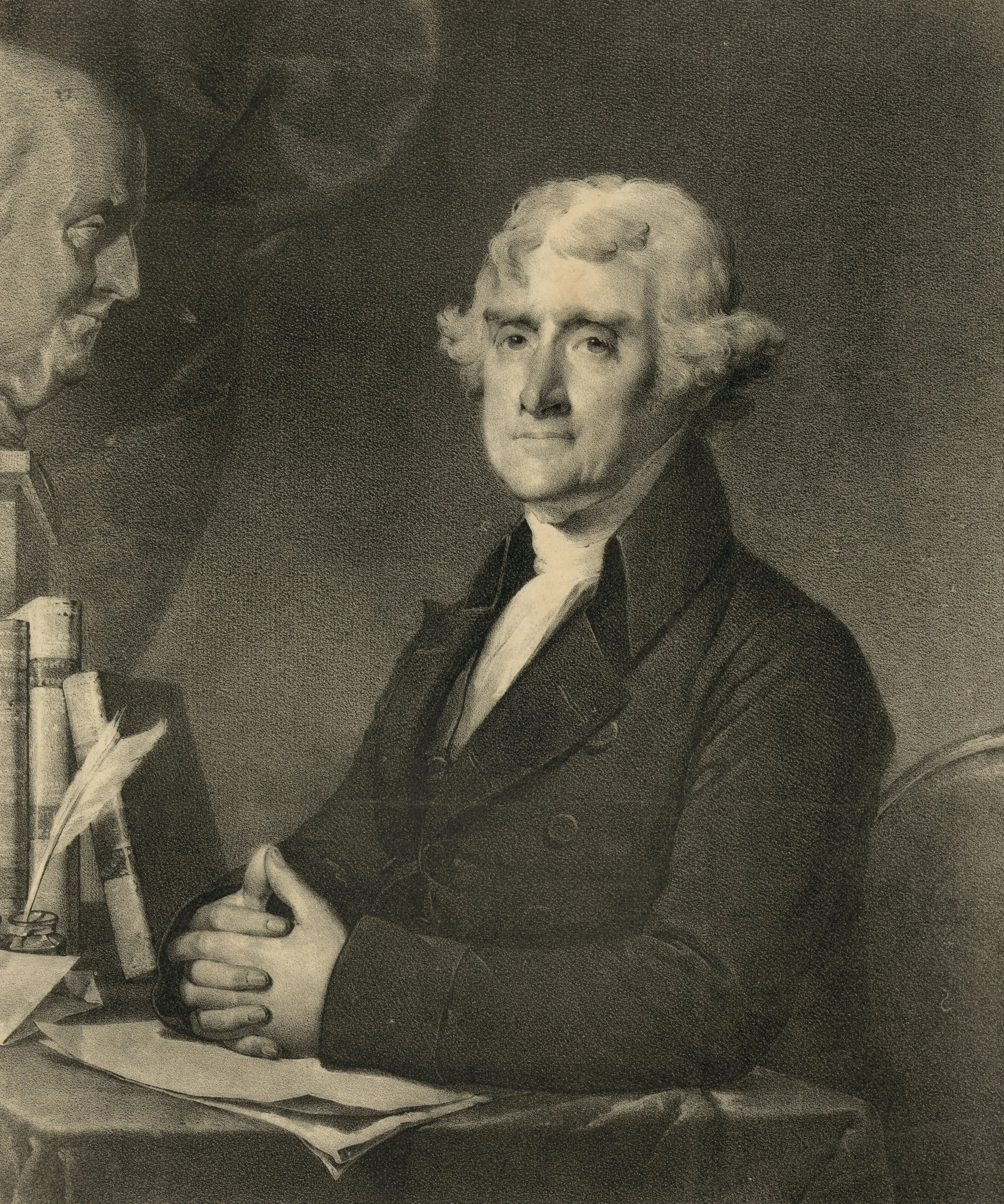We’re Not a Democracy
Understanding the Founders’ Vision for America
President Ronald Reagan’s first inauguration, 1981. Library of Congress.
When discussing the framework of the United States government, many people mistakenly refer to it as a democracy. However, this is a common misconception. The United States was founded as a representative constitutional republic, a system deliberately designed to avoid the pitfalls of pure democracy and protect individual liberties.
What is a Constitutional Republic?
The U.S. Constitution established a system of checks and balances, including the Electoral College, to ensure that every state—regardless of size or population—has a voice in presidential elections. This framework prevents a “tyranny of the majority,” where the rights of minority groups could be overshadowed by sheer numbers.
The Founding Fathers, particularly James Madison and Thomas Jefferson, recognized the dangers of concentrated power and designed the republic to distribute and limit governmental authority. Their insights shaped a nation built to preserve liberty for all.
Democracy vs. Republic: What’s the Difference?
A true democracy elects leaders based on the majority vote. This popular vote often aligns with the idea of the most votes equating to a victory. However, the United States uses the Electoral College, which means the winner of the presidential election isn’t always the candidate with the most popular votes.
This system ensures that states with smaller populations still have a significant voice, safeguarding against the potential overreach of larger states. It’s a vital part of protecting freedoms and upholding the U.S. Constitution.
What the Founders Believed
The Founders wrote extensively about their vision for the United States. James Madison, one of the authors of the Federalist Papers, strongly argued for a representative government that would avoid outright majorities and protect minority rights:
James Madison, fourth president of the United States.
“The happy Union of these States is a wonder: their Constitution a miracle; their example the hope of liberty throughout the world.”
Similarly, Thomas Jefferson emphasized the importance of balancing majority rule with minority protections in his first inaugural address:
“The will of the majority must be reasonable; that the minority possess their equal rights, which equal laws must protect, and to violate would be oppression.”
Thomas Jefferson, American Founding Father.
Understanding the distinction between a democracy and a constitutional republic is essential to defending our freedoms. The Founders’ foresight in creating this system remains critical in ensuring that all voices, not just the majority’s, are heard and respected.
Learn More About the Inauguration and Its Role in Our Republic
The presidential inauguration symbolizes the peaceful transfer of power—a hallmark of the constitutional republic the Founders envisioned.
To dive deeper into the history, traditions, and significance of the inauguration, download our new guide, From the Ballot Box to the White House: A Family’s Guide to Inauguration Day!
If you enjoyed reading this article and would like to help Young Americans Against Socialism create more resources like this, please donate to our cause!




